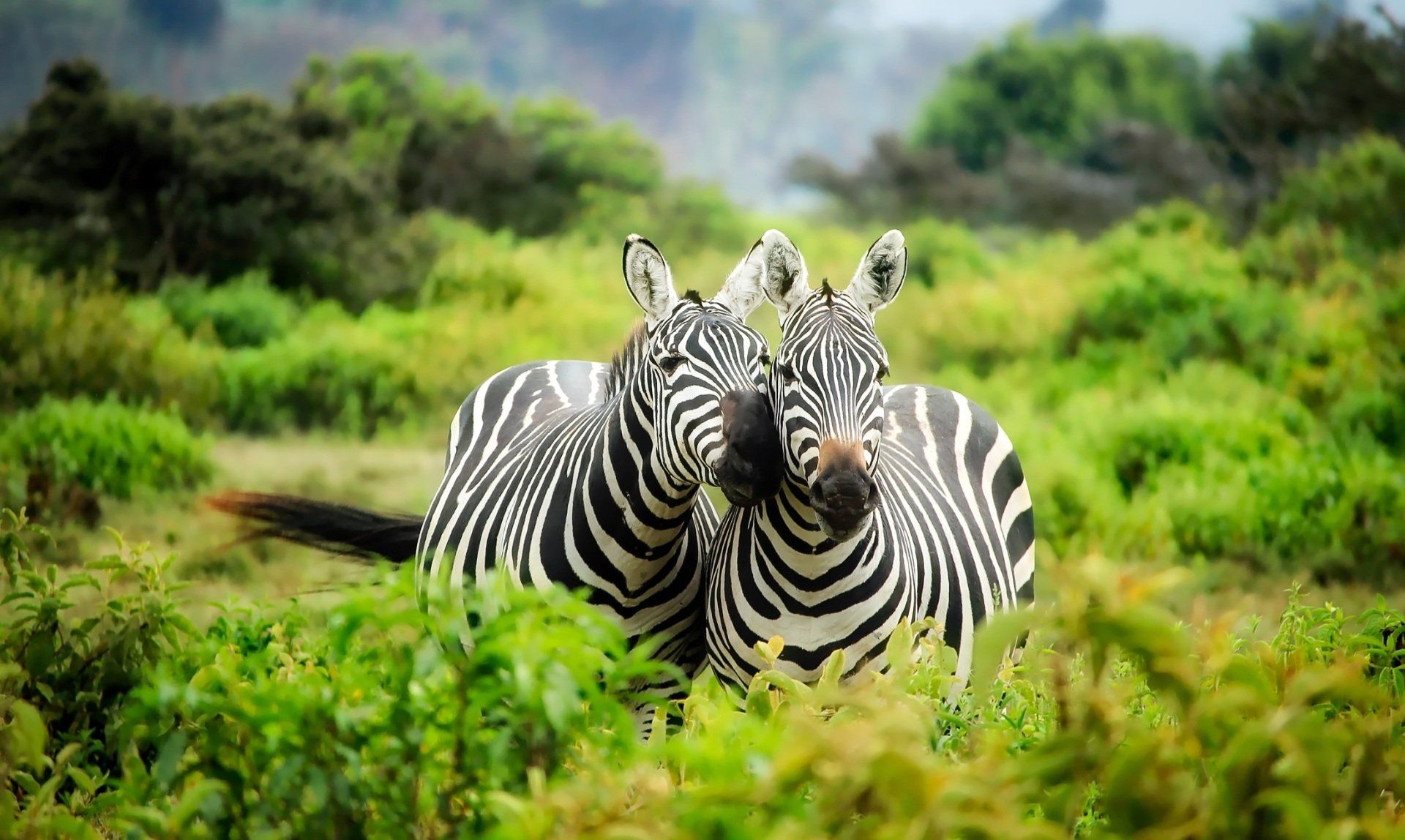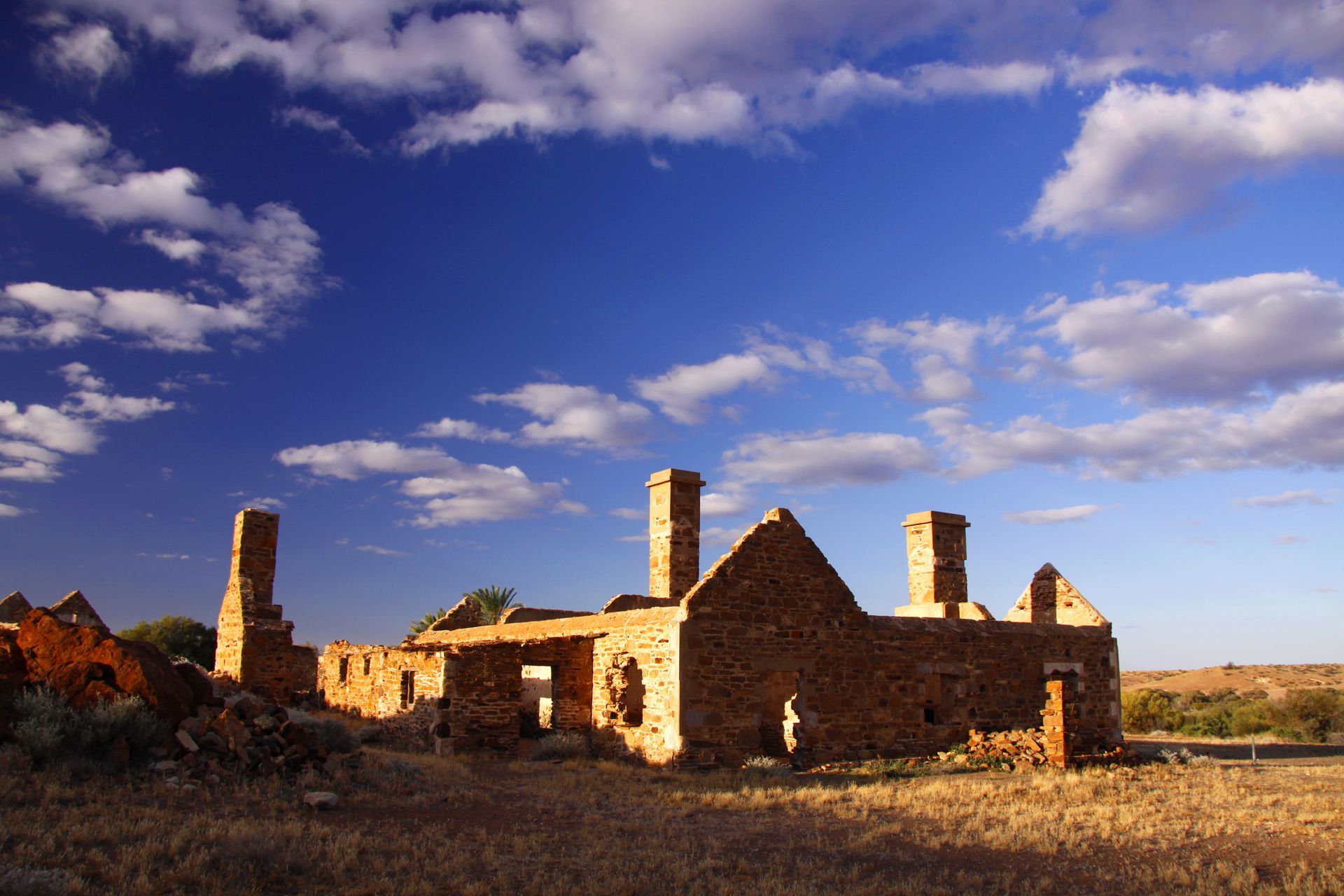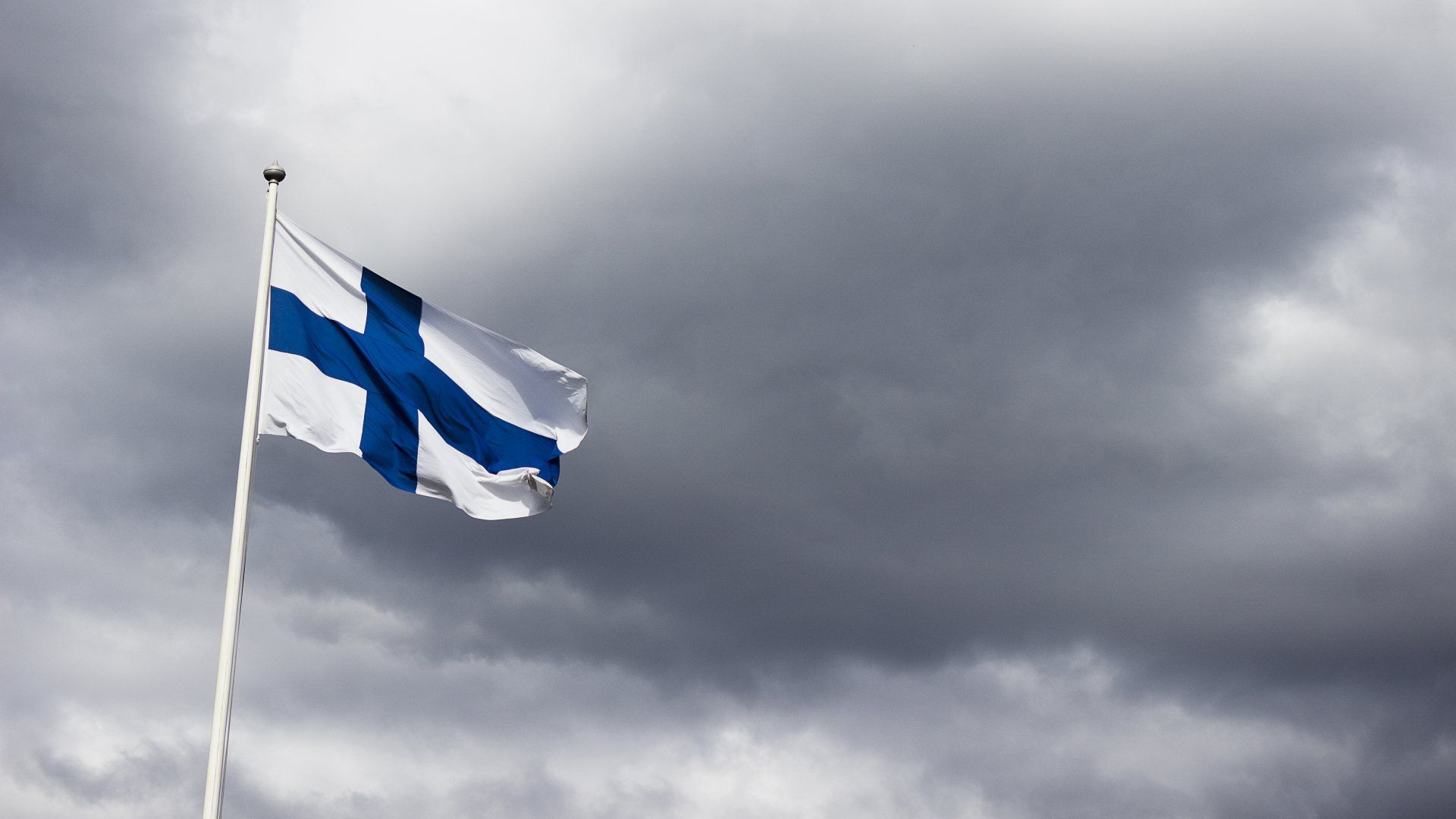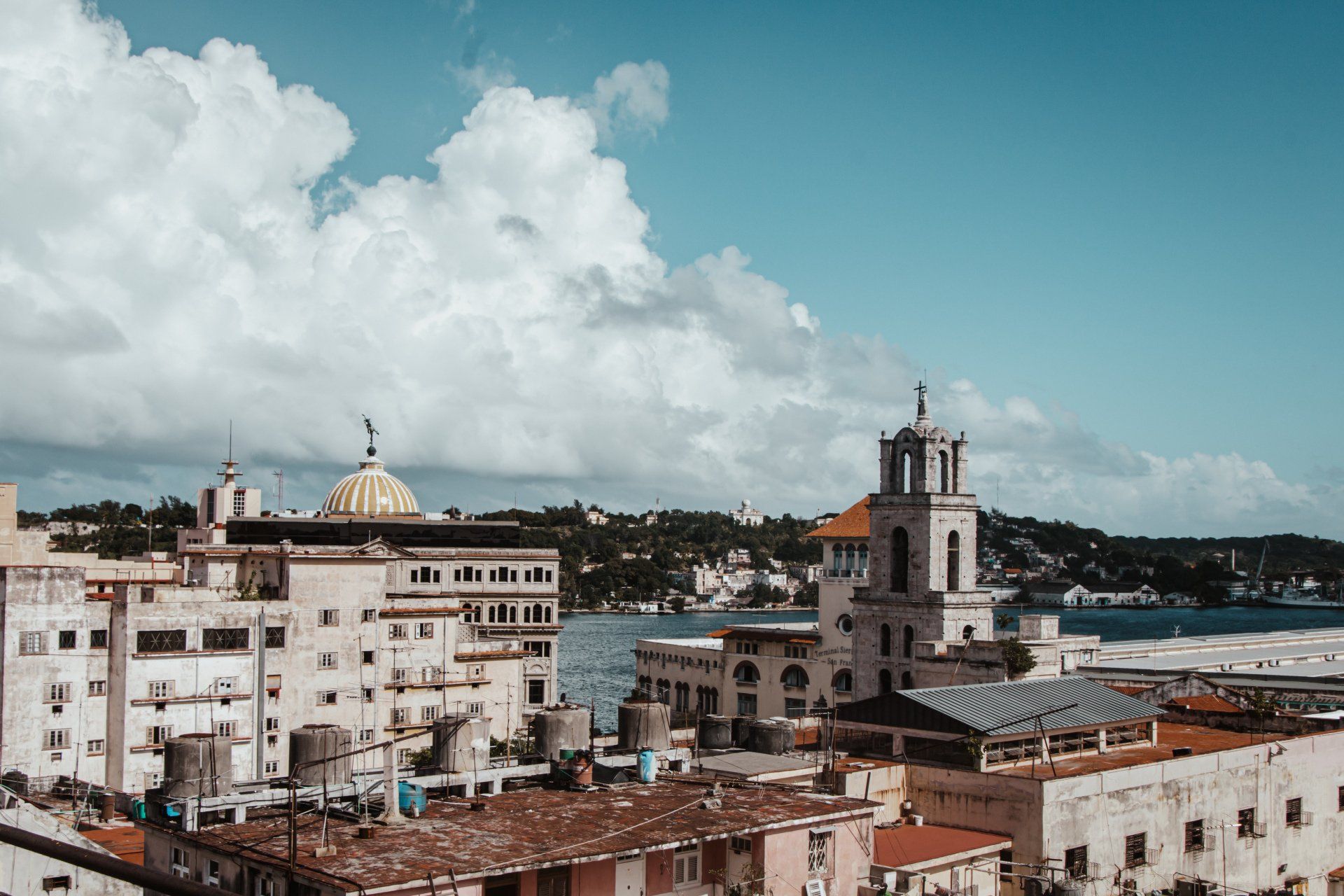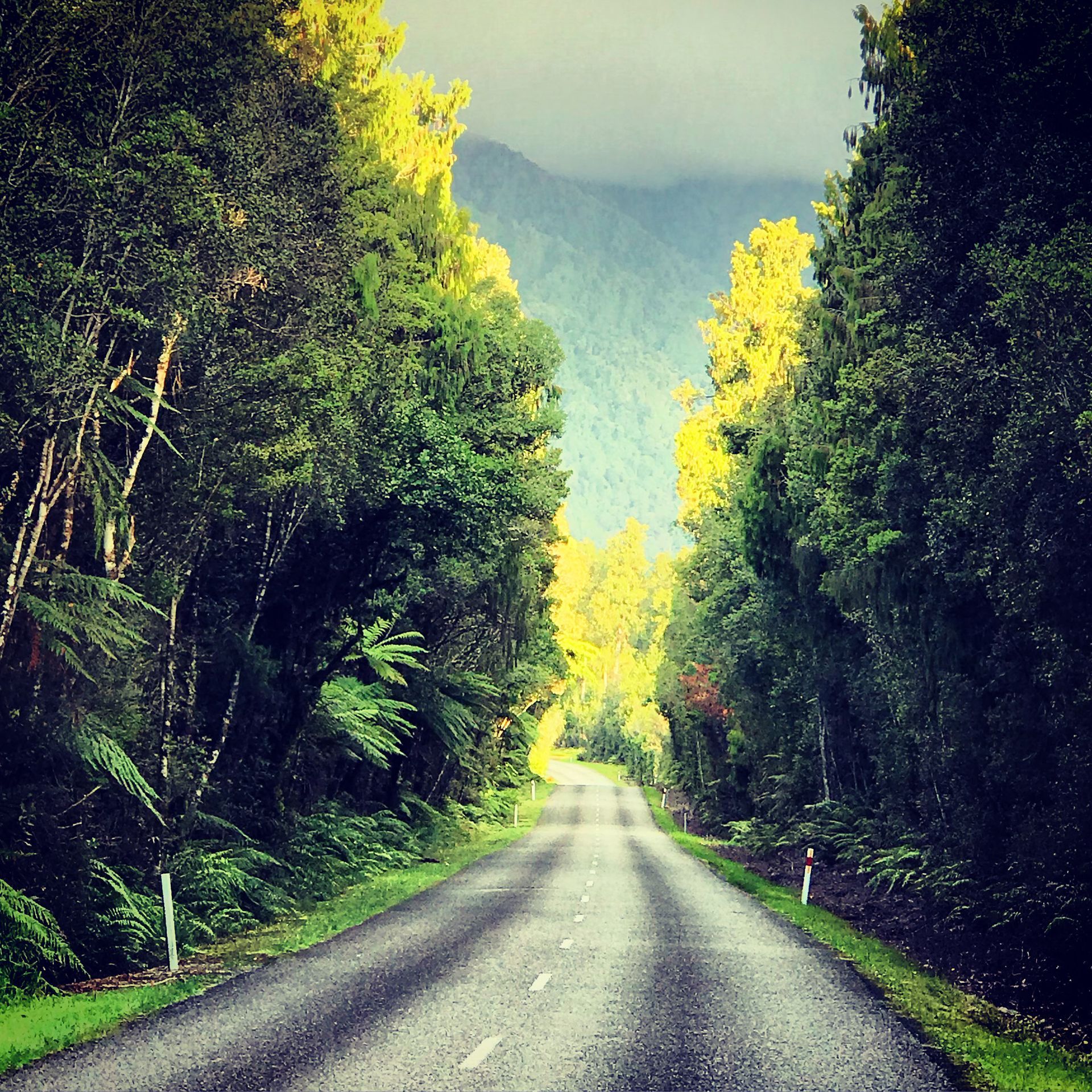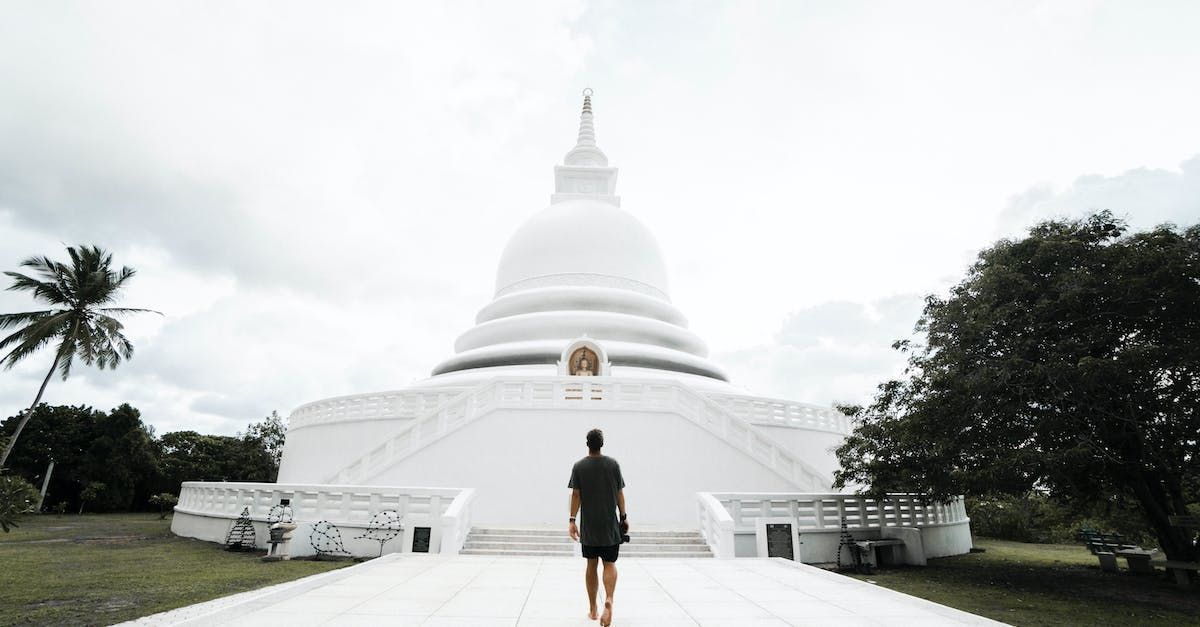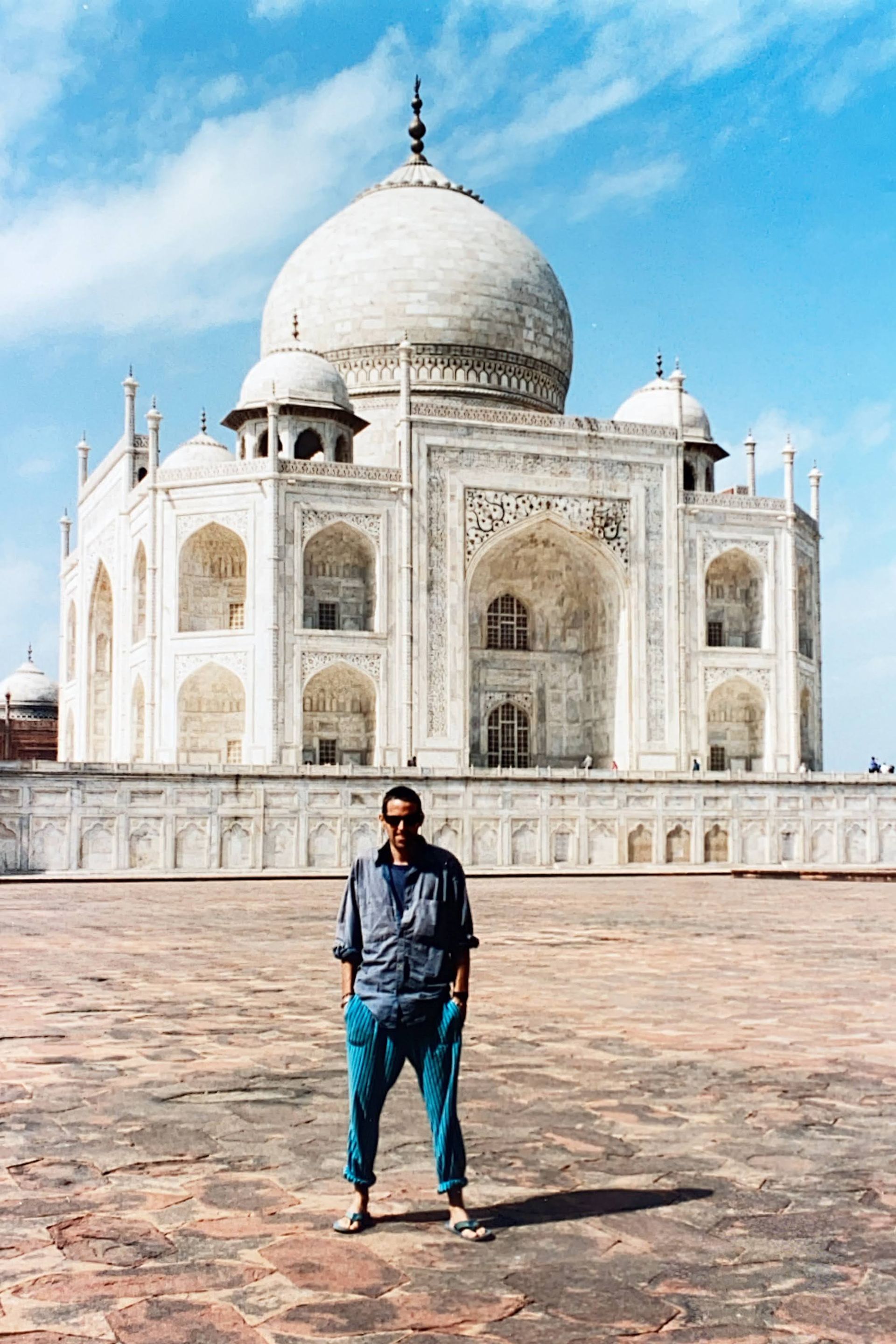I live and breathe the silences and dust where no man reigns…
– Cold Chisel, Wild Colonial Boy
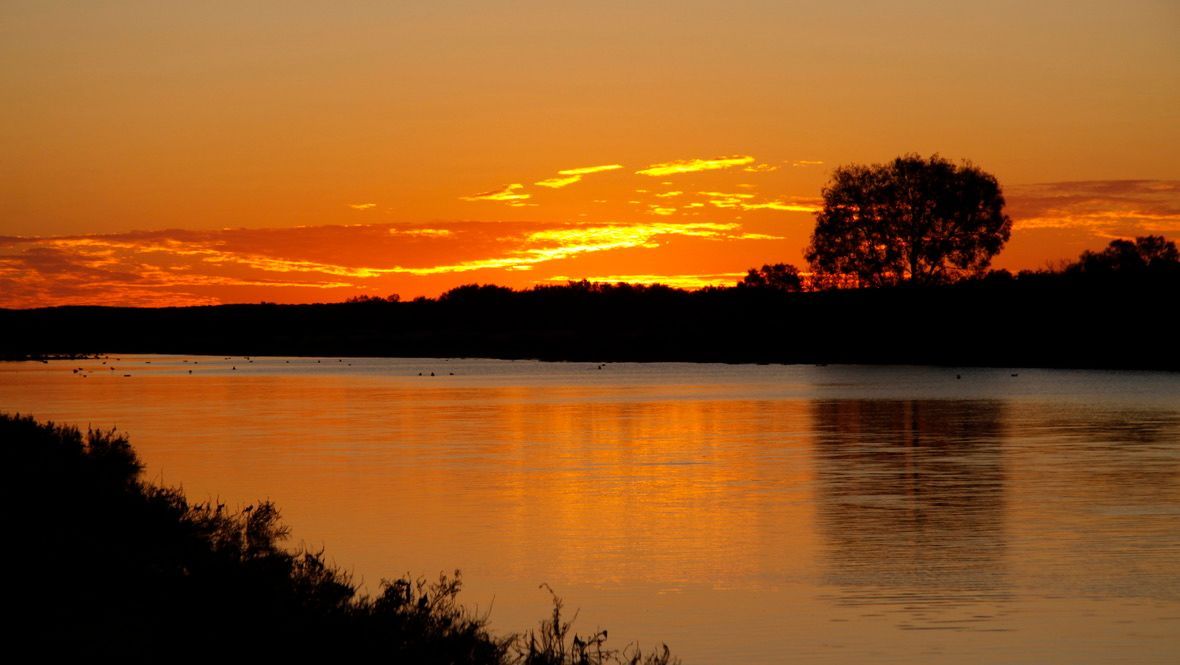
Dawn on the Warriner River. The velvety darkness of the Outback night begins to fade from black to purple. Colour bleeds into the eastern sky, changing it moment by moment to red and gold. The local birdlife squawks and gurgles. A flock of galahs, pink and white like coconut ice, take raucous flight into the day.
I fan the embers of my campfire back into life and cook bacon and eggs for breakfast. The fragrant eucalypt smoke drifts out across the water. Through the static on the AM band of my 4WD’s radio, a disembodied voice reads the news. I drink coffee squeezed from a tube and stare into the glowing embers.
The Bush Camp
My camp is deep in the arid heart of South Australia. Over the previous four days, I have driven north along the Oodnadatta Track, a lonely dirt road on the western edge of the Simpson Desert. The track runs roughly parallel to the route taken by the old Ghan railway line, which operated between Adelaide and Oodnadatta for nearly one hundred years. When the line closed in 1980, the station buildings, water towers, sidings and bridges were simply abandoned: left to subside into the dust and silence of the Outback.
The William Creek Pub, an hour’s drive north of the Warriner, opens for business early. The staff are an eclectic mix of backpackers from various parts of Europe. There is wireless internet so I update my Facebook and Instagram pages and send an email home telling my family that I’m OK.
I order a latte and sit at a corner table.
The pub’s walls are lined with hardwood railway sleepers salvaged from the Ghan line; the roof is built from blackened sheets of corrugated iron and gnarled timber beams. I order a latte and sit at a corner table. Outside, a cool south-easterly breeze shivers the thin branches of the casuarina trees shading the front of the pub. Bert, a tame dingo and obviously the owner of the entire town saunters into the bar, gazes superciliously around at the clientele, then flops onto the floor and goes to sleep.
The Overland Telegraph Station
Beyond William Creek, I turn off onto a rutted, indistinct track scraped between white and ochre clay dunes. Kangaroos peer at me as I drive by. The track descends an escarpment and winds across a desiccated clay pan, rimed with salt crystals, to the ruins of the old Peake Homestead.
The roofless stone buildings once housed a repeater station on the Overland Telegraph Line. Morse code signals were received here then amplified and sent onward. The Peake was one of many such stations along the OTL: a single strand of copper wire strung across Australia from Adelaide to Darwin. The OTL revolutionized communications between Britain and Australia. News and information which had once taken months to convey by ship now only took a few hours.
The telegraph line is long gone, replaced decade after decade by ever more sophisticated technologies. These days, we take instant communication for granted. Yet out here alone I am incommunicado. No one knows where I am and cell phone coverage is a long-distant memory. I hold up my smartphone and photograph it with a pair of telegraph poles behind: the old and the new, equally useless in this vast desert space.

The Bridge Across Forever
The Algebuckina Bridge spans the Neales River, fifty kilometres southeast of Oodnadatta. Completed in 1892, the colossal steel lattice of girders and cross-braces, half a kilometre long, seems to hang in the shimmering air above the green water of the river.
Steel bars block the ends of the bridge. Recklessly, I clamber around the outside edge and walk across, stepping from sleeper to sleeper. Corellas and galahs shriek at me from their guano-splattered roosts on the girders; black-clad crows, like hunched station masters, gurgle their disapproval. In the centre of the bridge, the steelwork draws linear projections which collapse to vanishing points behind and ahead of me.
The Pink Roadhouse in Oodnadatta flaunts its flamboyant colour scheme like something out of the movie Pricilla Queen of the Desert. The girl behind the till is from Austria. I order a steak sandwich and a beer. On the big screen TV, an advert runs for a big, shiny SUV: perfect for the school run. I look out the window at my grimy, no-frills 4WD: perfect for driving deep into the red dirt centre of Australia.
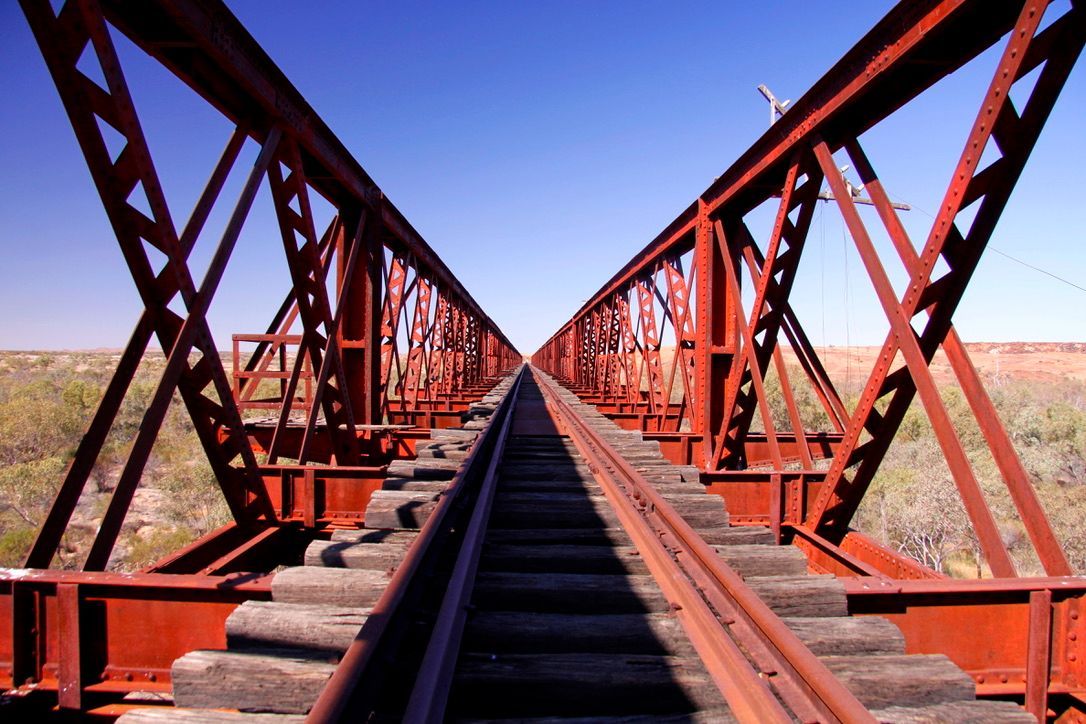
Flat Out in Oodnadatta
A certain ennui takes hold of me in Oodnadatta. The roadhouse has all the comforts of home — hot showers, cold drinks, excellent lattes — and I am reluctant to move on. After a morning of slothful indolence, I begin to think it’s time to get back to the Outback.
I walk out to the edge of town where the tarmac crumbles into the desert. It feels as though I am standing on the edge of a precipice overlooking a crimson void where I might just disappear forever. But I can also feel the pull of the desert; a desire to be back on the track, breathing in the silence, kicking up the dust. I re-fuel, buy some extra supplies and head north again.
Bush Camp at Eringa
Dusk at Eringa Waterhole. As the setting sun slides below the western horizon, flocks of galahs and corellas set up a cacophony of screeching as they return to their roosting trees. The southeast breeze dies away. The surface of the waterhole gleams like a mirror in its frame of trees. Colours bleed from the sky, changing it, moment by moment, from red and gold to purple.
I pitch my tent and light a fire in a circle of stones. The dancing firelight flickers in the branches of the river red-gum and coolibah trees growing along the edge of the waterhole. The radio crackles; a Kookaburra cackles. A big, perigee full moon stretches a ladder of silver across the water. The blackness of the Outback night wraps itself around me. I brew a cup of tea and sit watching the embers glow.
